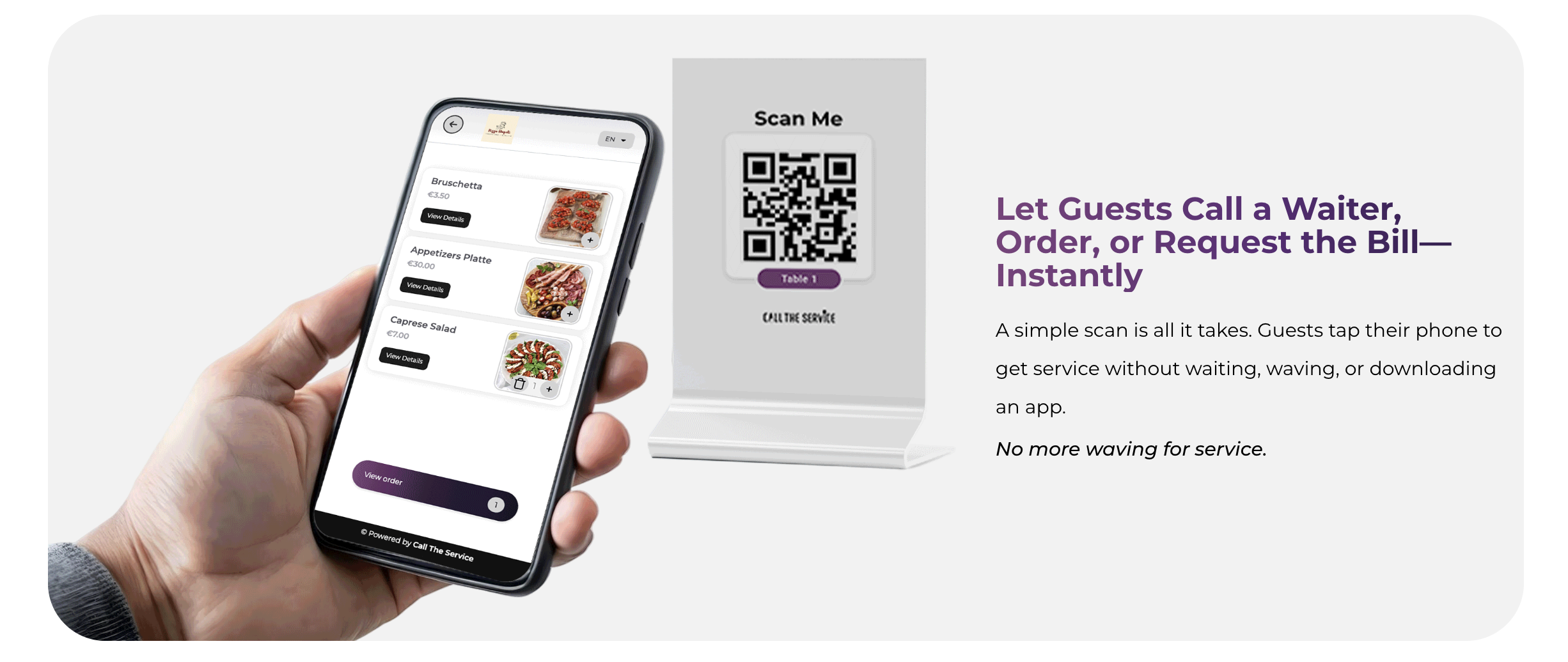In the fast-paced world of the foodservice industry, efficient management of resources is essential for a restaurant’s success. One of the most challenging yet impactful aspects of running a restaurant is dealing with restaurant waste management. Implementing best practices and integrating modern technology can drastically cut down food waste, improve profitability, and enhance overall operations.
Approximately 5.76 million tons of food were wasted by full-service restaurants in recent data, underscoring the scale of the problem.

This blog explores the critical role that digital tools play in minimizing restaurant inventory waste, focusing on restaurant waste management and the benefits of effective restaurant inventory management best practices.
Understanding the Problem of Restaurant Waste
Food waste is one of the biggest hidden costs for restaurants. Excess food leads not only to unnecessary financial losses but also has a negative environmental impact. Statistics show that a significant percentage of food purchased by restaurants never reaches customers, instead being discarded due to spoilage, overstocking, or poor inventory practices. Effectively addressing restaurant waste management is crucial to transforming this challenge into an opportunity for operational efficiency and sustainability.
How Digital Tools Strengthen Restaurant Waste Management
Modern food inventory management software and food inventory tracking software have revolutionized how restaurants handle inventory and waste. Unlike manual tracking, these digital solutions provide real-time insights and analytics, enabling restaurants to make more informed stock decisions, reduce waste, and prevent over-purchasing.
- Real-Time Inventory Tracking- One of the core features of advanced inventory software is real-time visibility into inventory levels. Integrating food inventory tracking software with point-of-sale (POS) systems means every dish sold immediately updates inventory data, showing exactly what ingredients are consumed. This avoids the guesswork traditionally associated with ordering and stocking, directly assisting in restaurant waste management by preventing excess stock that can spoil.
- Automating Reordering and Stock Control- Automation in inventory management reduces human error and ensures stock is replenished only when necessary. With threshold-based alerts, restaurants using food inventory management software can automatically reorder supplies, minimizing the chances of surplus or shortages. This leads to more consistent stock levels and effective restaurant waste management.
- Enhanced Menu and Supplier Management- By analyzing sales trends alongside inventory data, digital inventory tools help optimize menus to focus on popular, profitable dishes while reducing those that contribute to waste. Additionally, better coordination with suppliers streamlines deliveries to align with actual demand, further minimizing waste. This approach supports restaurant inventory management best practices by aligning supply with consumption patterns.
- Expiry Date and Spoilage Monitoring- Digital inventory systems track expiration dates and provide notifications to use near-expiry ingredients promptly or avoid ordering excessive perishable items. This proactive approach helps restaurants reduce spoilage-related losses, a critical aspect of effective restaurant waste management.
- Data-Driven Insights for Continuous Improvement- Beyond operational benefits, these systems generate detailed reports on wastage causes and inventory patterns, empowering restaurant owners and managers to identify areas for continuous improvement. By leveraging such data, businesses can implement refined restaurant inventory management best practices that further reduce waste and increase profitability.
Additional Benefits Beyond Waste Reduction
Implementing digital tools for inventory management has wider benefits that complement restaurant waste management efforts:
- Improved cash flow by reducing unnecessary purchases and costly waste disposal.
- Enhanced ability to comply with food safety regulations through precise monitoring.
- Labor savings by automating inventory tracking tasks, allowing staff to focus on guest service.
- Consistency in food quality by maintaining proper ingredient levels and freshness.
How Call The Service Enhances Restaurant Waste Management

Call The Service (CTS) is an all-in-one restaurant order management app that goes beyond simplifying workflows and guest communication—it plays a significant role in reducing restaurant waste management challenges. By integrating multiple operational features, CTS helps restaurant owners and managers minimize inventory waste while optimizing staff efficiency and guest satisfaction.
- Real-Time Digital Guest Ordering and Staff Calls: CTS’s QR code-based guest call system instantly routes orders and requests, reducing the risk of order errors that often lead to excess food preparation and waste. Accurate and timely service helps the kitchen prepare only what is needed, contributing directly to effective restaurant waste management.
- Integrated Efficiency Monitoring Dashboard: The dashboard tracks order volumes, peak hours, and staff performance, giving managers actionable insights into kitchen demand. This data supports smarter inventory purchasing decisions and reduces the chance of overstocking or spoilage, aligning with restaurant inventory management best practices.
- Multilingual Digital Menu with Real-Time Updates: By enabling instant QR code menu updates with ingredient details and allergen info, CTS ensures guests make informed choices, thereby reducing the likelihood of food dissatisfaction and subsequent wastage.
- Guest Rating and Feedback: The system collects real-time feedback after each service call, allowing for quick identification of service gaps that may indirectly contribute to food waste, such as incorrect orders or delayed preparation.
Incorporating Call The Service into daily restaurant operations complements food inventory management software tools by improving order accuracy, streamlining communication between front and back of house, and providing the data insights needed to minimize waste. Using CTS, restaurants can better manage stock use, reduce spoilage, and adopt smarter inventory management practices, all of which strengthen overall restaurant waste management efforts.
Conclusion

Achieving excellence in restaurant waste management is no longer a daunting task thanks to innovations in food inventory tracking software and food inventory management software. By adopting these digital tools alongside disciplined restaurant inventory management best practices, restaurants can minimize waste, increase operational efficiency, and boost their bottom line. In today’s competitive market, leveraging technology for smart inventory management is a strategic move that leads to sustainability, enhanced customer satisfaction, and long-term success.
Restaurants are responsible for approximately 28% of global food waste, which significantly contributes to environmental impact and operational losses.
For restaurants eager to reduce losses and improve operational transparency, investing in the right inventory management software is a game-changer. Embrace technology-driven waste management solutions, and pave the way for a greener, more profitable restaurant business.



